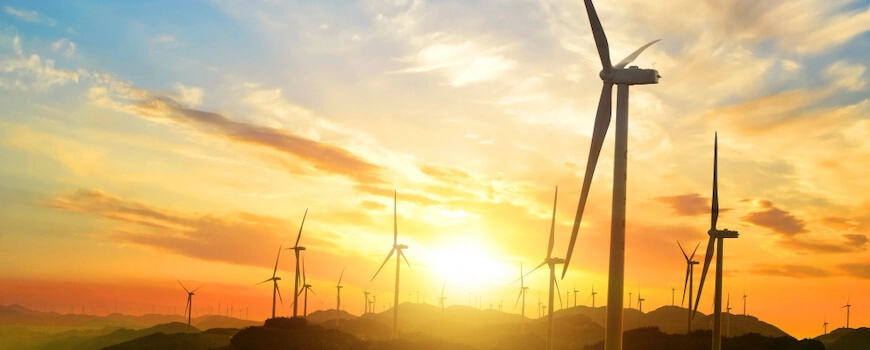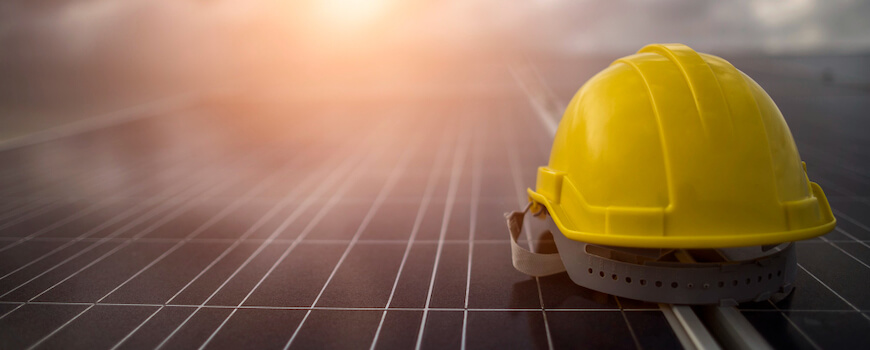
Sustainable technologies are spreading, thanks to international regulations as the European Union is introducing new instructions about how to build new households, factories, and other facilities.
Going green is a must because fossil fuels are running out. Read more about the European Green Deal to know more about reducing greenhouse gas emissions.
The importance of alternative heating methods
We build a property not only for 5-10 years, but to create housing options across generations. Other than that, the remaining fossil fuel supply only covers our needs for the next 50 years. Because of that, it is worth thinking about alternative methods, other than electricity coming from power plants run by fossil fuels.
But what exactly are alternative heating methods? How should we compare these methods? Which is the best for a house, and which is the best for an office, or a factory?
Instead of using large-scale industrial energy sources, we could use renewable energy, coming from the Sun, our waters, or from the wind.
But the first step is not the planning of the heating method. The first step is to plan a passive house that can capture the Sun’s energy and has very efficient thermal insulation. If the basics are good enough, then less energy is needed both from normal and alternative heating methods.
Solar power is the best heating alternative
Solar energy is getting more and more popular. Wind energy is still the most common source of renewable energy (with 33%), but solar energy is catching up with more than 12%. Most homeowners are considering establishing a solar heating system to their roof instead of buying cheap electricity from wind parks.

A fun fact: one hour of sunlight is enough to power up Earth for one year. Yet we don’t have the appropriate technology to store that amount of power efficiently. Thus, we need to store as much solar energy as we can and use it to heat our households.
With solar power, we can save costs, or even earn money by selling our overproduced energy to energy supplier companies.
Wind energy – an effective alternative heat source
Similar to solar energy, it can be used for your own house or connected to an energy supply network. However, establishing wind turbines is a more complex process than building solar panels. This is the main reason why solar power is gathering popularity while wind energy – despite its effectiveness – is losing its position as the world’s most used renewable energy source.
It has big advantages: read our article that compares wind and solar energy. The best option is to combine wind and solar energy.
Geothermal energy / underfloor heating is a common home heating option
Geothermal energy and heat pumps are the best way to use the energy of our environment, such as:
- Groundwater
- Air
- And the ground
A geothermal system is able to cool or heat and can produce hot water, while not polluting the air. Another big advantage is that it does not depend on the sunshine duration, nor the velocity of the wind. It can produce energy during the whole year.
Biomass: an alternative heating method that is polluting
Biomass is a plant or animal material used as fuel to produce electricity or heat. It can be used in different ways:
- Burning it without any preparation
- Burning biomass-based fuels, like pellet or other chemically established gases
- Or just burning wooden objects
This method pollutes the environment.
Summary: alternative ways to heat your home
Heating with electricity is a good way if you have a well-insulated building with low heat demand and you do not want to build a chimney. But if you want to disconnect from your energy supplier, you need alternative heating methods.
Do not decide based on popularity: ask an expert about your facility’s heat demand and find the best way to heat (or cool) it. And do not forget: planning the heating system is just the second step, the most important is to build a facility as passive as possible.
